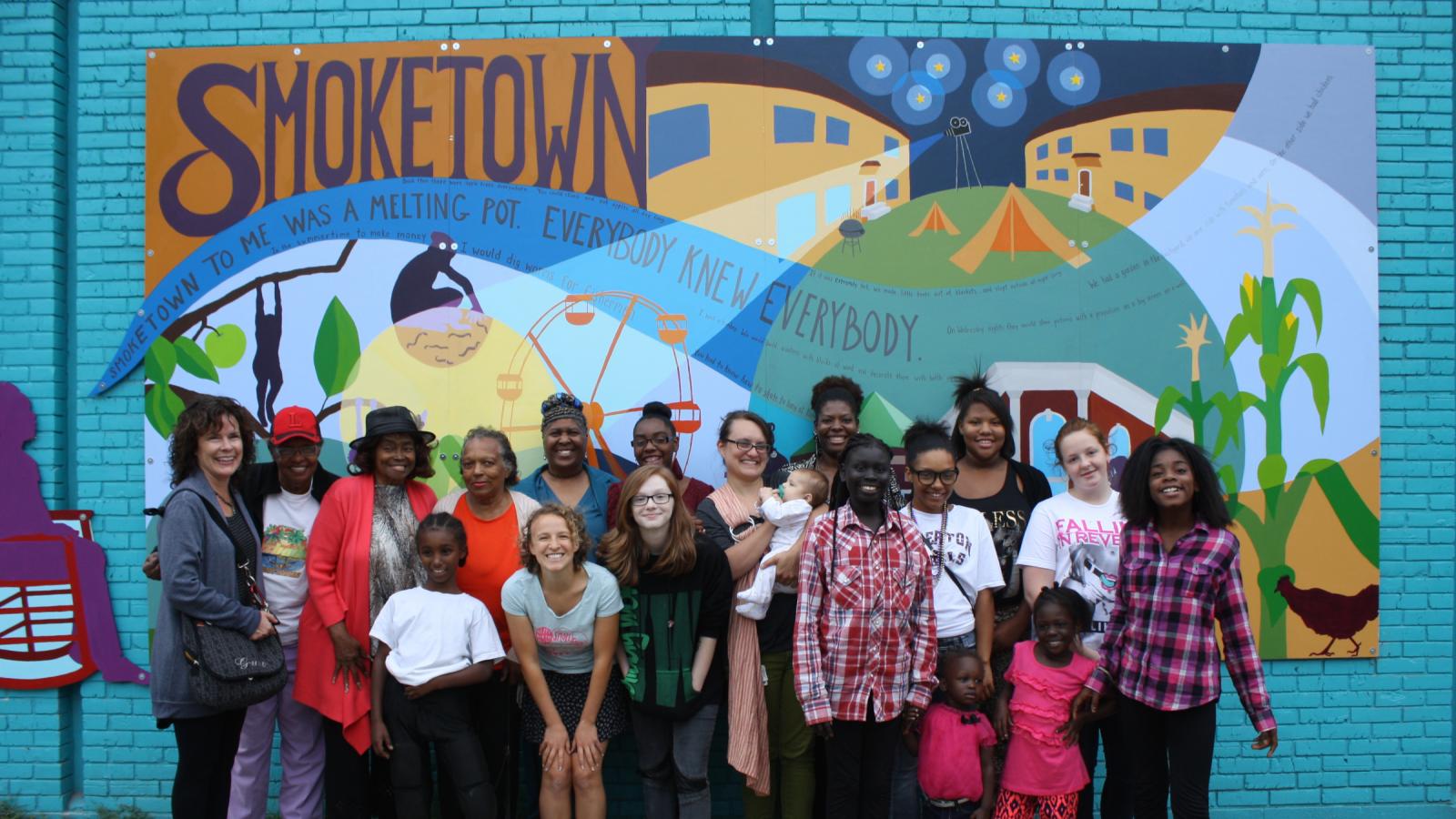Toward a Creative Future

Today, the National Endowment for the Arts launches two milestone products: the report, Creativity Connects: Trends and Conditions Affecting U.S. Artists and the Bright Spots interactive digital graphic--both components of the NEA’s 50th anniversary initiative Creativity Connects. The report’s publication marks the culmination of a year and a half of planning, research, interviews, roundtables, analysis, and writing from NEA staff and our research partner, the Center for Cultural Innovation. The accompanying Bright Spots digital graphic allows users to discover innovative and successful projects across the United States that link the arts with non-arts sectors. Thank you all for your energy and insights that have shaped these new resources. I am proud of the results.
We initiated Creativity Connects: Trends and Conditions Affecting U.S. Artists because we wanted to take stock of artists today. Our starting point was the 2003 report from the Urban Institute Investing in Creativity: A Study of the Support Structure for U.S. Artists authored by current National Council on the Arts member Maria Rosario Jackson. Much has changed since 2003, especially the pervasive presence of the Internet and digital technology. How was that trend affecting artists?
To better understand that and other questions, we needed to use a wide lens to look at who is an artist, how artists are working, what factors influence their work, and what we can do to better support them. As the report states and I ardently believe, “Artists are a vital part of every community in the U.S., contributing in multiple ways to the quality of our daily lives and to our economic and social well-being.” In order for society to thrive, our artists must thrive as well.
The National Endowment for the Arts has a long history of producing research on artists and their place in the workforce. The Creativity Connects report continues that legacy, building upon past research to offer a new perspective on artists and their creative practices.
In terms of understanding who is an artist, the report goes beyond considering those whose primary source of income is their art, such as professional musicians, sculptors, actors, and others. This group constitutes about 1.5 percent of the U.S. labor force or just over two million people.
Given the quality and quantity of creative work taking place across the country, the definition of who is an artist is expanding. The report outlines this new breadth with a list of criteria, including that artists are those who, “[u]tilize their artistic skills to derive income, further their creative work, or contribute to their community.” This enhanced definition leads to one of the implications or take-aways from the report, that it is important to, “[a]rticulate and measure the benefits of artists and creative work to societal health and well-being.”
In the research phase of the report, we heard many times that artists are working in hybrid ways more than ever. They are mixing up artistic forms, partnering across discipline-defined silos, and becoming adept at reaching across economic sectors, bringing their creativity to benefit healthcare, science, education, business, and other fields. This is where the Bright Spots digital graphic comes in. This key feature of the Creativity Connects web portal highlights projects where the arts successfully work with non-arts sectors.
For example, in Sheboygan, Wisconsin the Kohler Company renowned for its kitchen and bathroom plumbing furnishings, has supported the Arts/Industry program that offers artists the opportunity to learn about industrial materials and processes while Kohler gains insights into improving or expanding their products. The City of Minneapolis Arts, Culture, and Creative Economy Program is leading a project that embeds artists in city departments such as Long Range Planning and Regulations to help solve community outreach problems.
This exciting work is happening partially because artists are driven by a desire to engage social issues, leaders in non-arts sectors are recognizing the power of creative practices to help them find new solutions to old problems, and artists are actively looking beyond the arts sectors for employment. Whatever the reasons, it is important to support artists as they reimagine what their art can be and how and where it can make a difference. This brings us to another implication from the report, “Upgrade systems and structures that support artists.”
In terms of trends impacting working artists, issues that were raised repeatedly in our research include artists’ income insecurity, burdensome student debt, and lack of effective training. In imagining ways to confront the challenges implicit in these trends, it is important to look beyond arts-specific solutions. This is what the report does by presenting these implications for action; “address artists’ income insecurity as a part of larger workforce efforts,” “reduce artists’ debt and help build their assets,” and “create 21st-century training systems.”
We understand that these implications and their related suggestions are ambitious and will require time, sustained effort, and the participation of many in the arts as well as non-arts fields. But it is a start, and we are pleased to offer it as a roadmap towards a more creative future.
As I’ve traveled to dozens and dozens of towns and cities across the country I always say, when you see one community, you’ve seen only one community because each community expresses its own personality. But in one very important way, every community is the same. They all have artists. At the National Endowment for the Arts, we hope the Creativity Connects report findings along with the Bright Spots digital graphic inform and energize the discussion of how we best support, cultivate, broaden, deepen, and shape the arts in America together.




